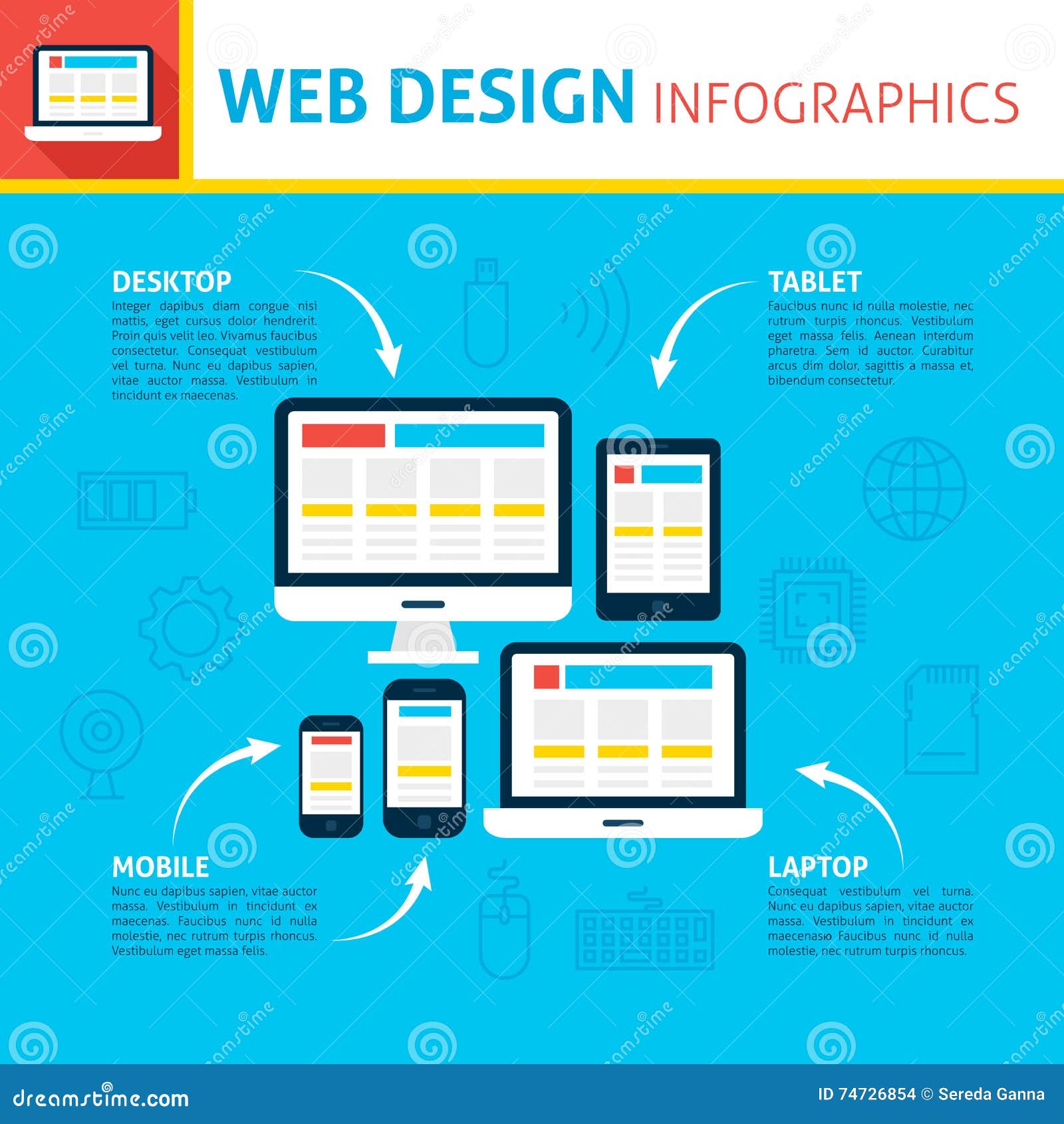Essential Elements Of Website Design: Guidelines For Establishing A User-Centric Site
Essential Elements Of Website Design: Guidelines For Establishing A User-Centric Site
Blog Article
Short Article By-Wiley Skinner
When it involves site design, guaranteeing user-friendliness is key. From responsive layout to structured navigation, every element plays an essential role in creating a site that deals with your target market's requirements. Yet what about the finer information that can make or damage a user's surfing experience? Stay tuned as we reveal some often-overlooked pointers that can raise your website's use to the following level, making it really stick out in the electronic landscape.
Relevance of Responsive Style
Receptive layout is a critical element of modern site growth. Ensuring your internet site is responsive means that it can adjust to different screen sizes and devices, supplying a smooth experience for individuals.
With the boosting use of smartphones and tablet computers to access the web, having a responsive design is vital for reaching a wider audience. SEO For Medical Practices aids in enhancing user experience by making your site easy to navigate and keep reading any tool.
Furthermore, Recommended Reading can favorably influence your online search engine positions, as online search engine like Google focus on mobile-friendly web sites. By having a receptive design, you're likewise future-proofing your internet site, as new devices with differing screen dimensions remain to emerge.
Simplify Navigating Framework
To enhance individual experience and promote simple access to info on your internet site, streamlining the navigation structure is extremely important. When creating your site, concentrate on developing a clear and intuitive navigating menu that assists visitors discover what they're looking for rapidly.
Limit the variety of food selection products to the basics, organizing associated web pages together to stay clear of overwhelming customers. Use descriptive tags that clearly show the content of each page, making it simpler for users to comprehend where each link will take them.
Consider implementing dropdown food selections for subcategories to prevent cluttering the major navigation bar. Furthermore, include a search bar prominently on the web page for users that prefer looking for specific details.
Focus on mobile responsiveness in your navigating layout to make certain very easy accessibility on all devices.
Optimize Page Load Speed
Improving web page load rate is crucial for maintaining visitors on your website. Slow-loading pages annoy customers and can lead to high bounce rates. To maximize page lots rate, begin by optimizing images. Press pictures without compromising high quality to minimize their file dimensions.
Additionally, make it possible for browser caching to store frequently accessed sources locally, speeding up load times for returning visitors. Minify CSS, JavaScript, and HTML data by eliminating unneeded characters, remarks, and formatting, improving lots rate.
Consider making use of a web content distribution network (CDN) to disperse your site's web content across several servers worldwide, reducing latency for customers accessing your site from various locations. Last but not least, restrict the use of third-party scripts and plugins, as they can significantly impact tons times.
Verdict
Finally, by including receptive layout, simplifying navigation, and maximizing page tons rate, you can develop an easy to use web site that attract a wider target market and boosts customer experience. Business ensure that site visitors can quickly accessibility and browse your site across various tools, leading to boosted interaction and satisfaction. By concentrating on these crucial aspects, you can build a successful internet site that keeps customers coming back for even more.
